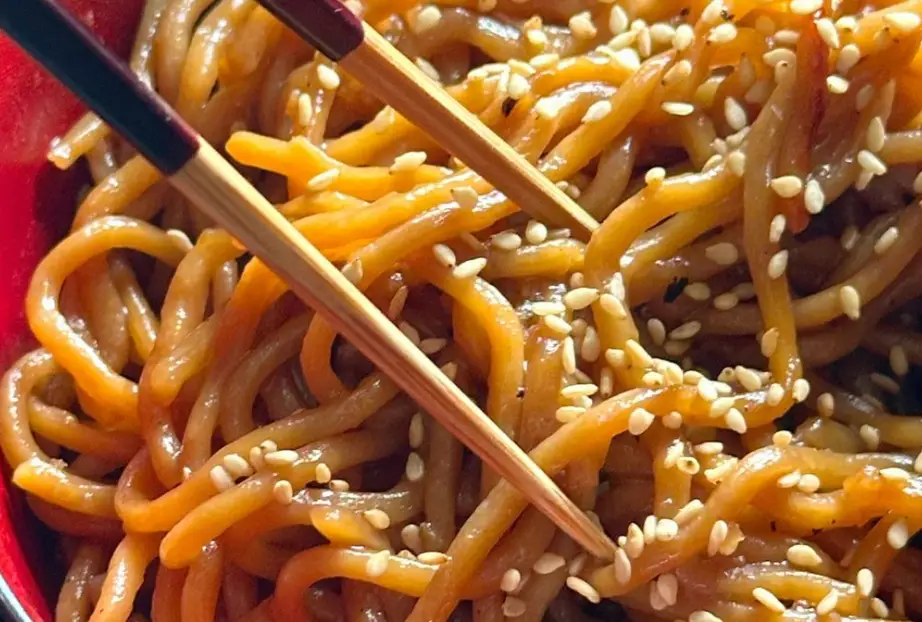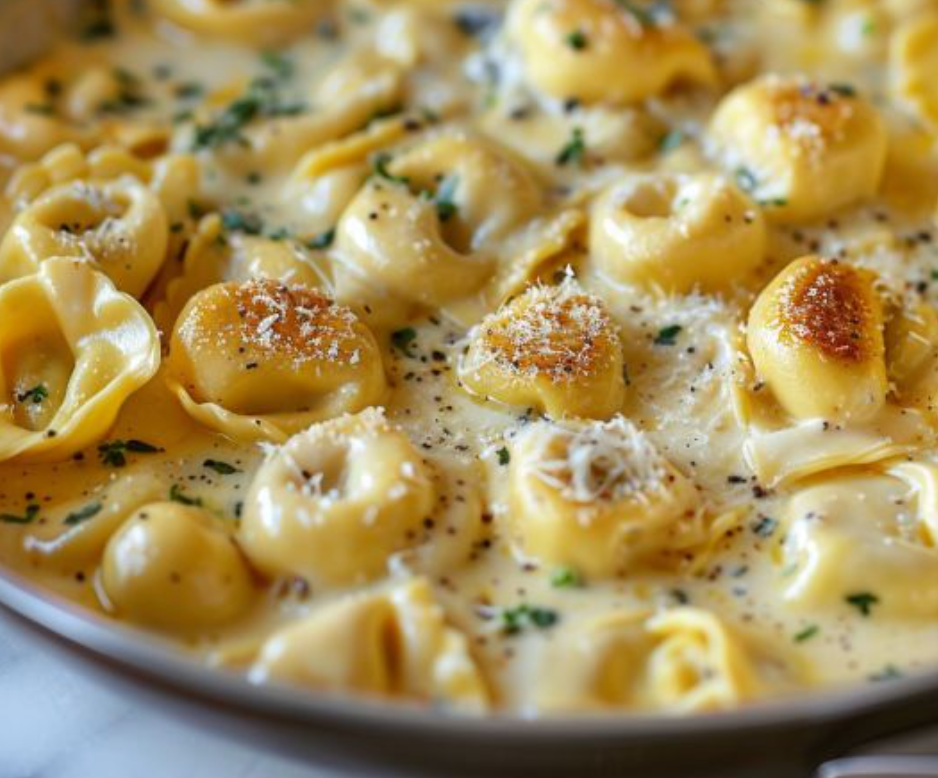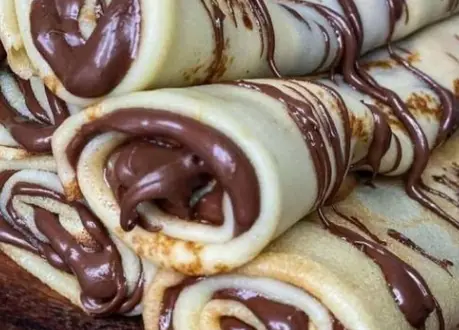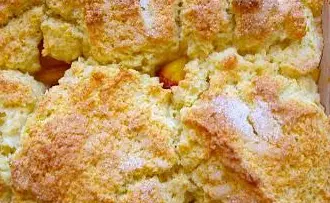Hibachi noodles are a classic side dish often enjoyed at Japanese steakhouses. They are savory, slightly sweet, and bursting with umami flavor. This recipe brings the taste of hibachi right to your kitchen, using ingredients that are easy to find. Whether you’re making these noodles as a side dish or a main course, they’re sure to be a hit.
Ingredients:
- 1 lb yakisoba, lo mein, or spaghetti
- 1/2 cup low-sodium soy sauce
- 1 tablespoon sesame oil
- 2 tablespoons packed light brown sugar
- 1 tablespoon minced garlic
- 1 tablespoon minced ginger
- 2 tablespoons unsalted butter
- 1 tablespoon toasted sesame seeds (for garnish)
Instructions:
1. Cook the Noodles:
- Bring a large pot of water to a boil.
- Cook the noodles according to the package instructions until they are al dente.
- Drain the noodles and set them aside.
2. Prepare the Sauce:
- In a small bowl, whisk together the low-sodium soy sauce, sesame oil, and packed light brown sugar until the sugar is dissolved. Set aside.
3. Sauté the Aromatics:
- In a large skillet or wok, melt the unsalted butter over medium heat.
- Add the minced garlic and minced ginger to the skillet.
- Sauté for about 1-2 minutes, until the garlic and ginger are fragrant and just beginning to brown.
4. Combine the Noodles and Sauce:
- Add the cooked noodles to the skillet with the garlic and ginger.
- Pour the sauce mixture over the noodles.
- Toss everything together until the noodles are evenly coated with the sauce and heated through, about 3-5 minutes.
5. Serve:
- Transfer the hibachi noodles to a serving platter or individual bowls.
- Sprinkle the toasted sesame seeds over the top as a garnish.
Cook’s Notes:
- Noodle Choice: Yakisoba or lo mein noodles are ideal for this recipe, but spaghetti can be used as a substitute if these are not available.
- Low-Sodium Soy Sauce: Using low-sodium soy sauce helps to control the saltiness of the dish, especially since the noodles soak up the sauce.
- Aromatic Balance: Ensure the garlic and ginger are minced finely and sautéed to release their flavors without burning.
Variations:
- Vegetable Hibachi Noodles: Add stir-fried vegetables such as bell peppers, mushrooms, carrots, or zucchini for a more nutritious dish.
- Protein Addition: Incorporate grilled chicken, shrimp, or tofu to make the noodles a more substantial main course.
- Spicy Noodles: Add a pinch of red pepper flakes or a dash of sriracha to the sauce for a spicy kick.
Frequently Asked Questions (FAQs):
- Can I use different types of noodles? Yes, you can use any type of long noodle you prefer, such as soba, udon, or even rice noodles.
- How can I store leftovers? Store any leftovers in an airtight container in the refrigerator for up to 3 days. Reheat in a skillet over medium heat or in the microwave until heated through.
- Can I make the noodles gluten-free? Yes, use gluten-free soy sauce and substitute the noodles with gluten-free pasta or rice noodles.
- What can I use instead of brown sugar? You can use honey, maple syrup, or agave nectar as a substitute for brown sugar.
- Can I make the noodles ahead of time? Yes, you can cook the noodles and prepare the sauce in advance. Store them separately and combine them just before serving to keep the noodles from becoming too soggy.
Conclusion:
Hibachi noodles are a delightful and versatile dish that can be customized to suit your tastes. With their rich, savory flavor and simple preparation, they’re perfect for weeknight dinners or special occasions. Enjoy the taste of hibachi at home with this easy-to-follow recipe and feel free to experiment with different add-ins and variations to make it your own. Happy cooking!
4o






